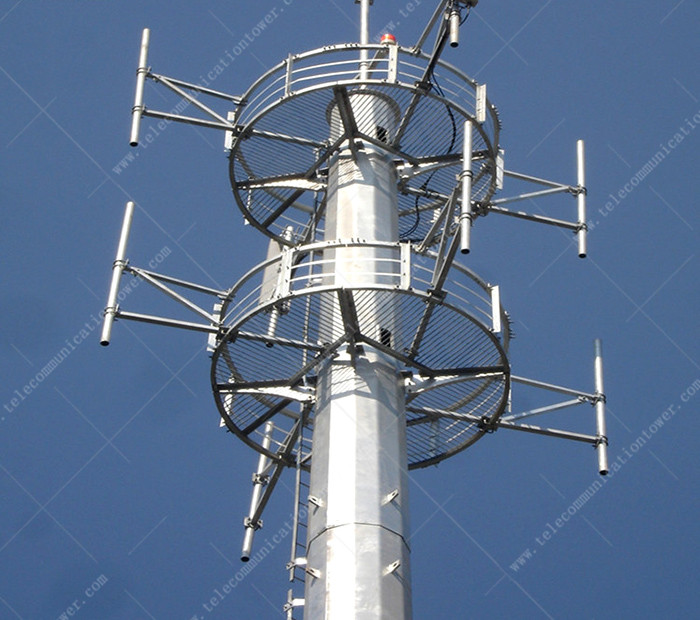How Do Cell Towers Work: Connecting the World Wirelessly
Cell towers play a pivotal role in our interconnected world, facilitating wireless communication and connecting people across vast distances. These towering structures, also known as cell sites or base stations, are responsible for transmitting and receiving signals that enable our smartphones and other wireless devices to function seamlessly. In this article, we will delve into the inner workings of cell towers and explore how they facilitate the global network of communication.
1. Introduction to Cell Towers
Cell towers are tall structures strategically placed in various locations to create a network of coverage areas, commonly referred to as cells. Each cell tower serves as a central hub for transmitting and receiving signals within its designated cell.
2. The Components of a Cell Tower
2.1 Antennas
At the top of a cell tower, you'll find an array of antennas. These antennas are responsible for transmitting and receiving signals to and from wireless devices. Multiple antennas may be present on a single tower to cater to different frequency bands and technologies.
2.2 Transceivers
Within the tower, transceivers are the electronic devices that facilitate the conversion of analog signals to digital and vice versa. They handle the communication between wireless devices and the core network infrastructure.
2.3 Baseband Units (BBUs)
Baseband units are essential components of a cell tower. They process and manage the incoming and outgoing data traffic, ensuring efficient communication between the tower and the core network.
2.4 Power Supply and Backup Systems
Cell towers require a stable power supply to function continuously. They are usually connected to the electrical grid but also equipped with backup systems, such as batteries or generators, to maintain operation during power outages.
3. How Cell Towers Transmit Signals
3.1 Reception of Signals
When you make a call or send data from your wireless device, the signal is picked up by the antennas on the nearest cell tower within range. The tower's antennas receive the signal and transmit it to the baseband units for processing.
3.2 Signal Amplification and Transmission
The baseband units process the incoming signals and amplify them to ensure reliable transmission. The amplified signals are then sent back to the antennas for transmission to the intended recipients, such as other wireless devices or the core network.
3.3 Connecting to the Core Network
To establish a connection beyond the cell tower, the signals are sent to the core network infrastructure, which includes switches, routers, and servers. The core network acts as the gateway to connect the cell tower to the wider telecommunications network.
4. Cell Tower Coverage and Handoff
Cell towers are strategically placed to provide coverage in specific areas. As a wireless device moves from one cell to another, a process known as handoff occurs. The handoff ensures seamless connectivity by transferring the connection from one cell tower to another as the device moves, allowing uninterrupted communication.
5. Supporting Multiple Technologies and Frequency Bands
Cell towers are designed to support multiple technologies and frequency bands to accommodate the diverse range of wireless devices in use today. From 2G to 5G networks, cell towers are continuously upgraded and adapted to meet the evolving demands of wireless communication.
6. Conclusion
Cell towers are the backbone of our wireless communication infrastructure, enabling us to connect with each other effortlessly. With their antennas, transceivers, baseband units, and power supply systems, cell towers transmit and receive signals, connecting us to the global network. As technology advances, cell towers will continue to evolve, supporting faster and more reliable wireless connectivity, driving innovation, and bringing us closer together in our digitally connected world.



